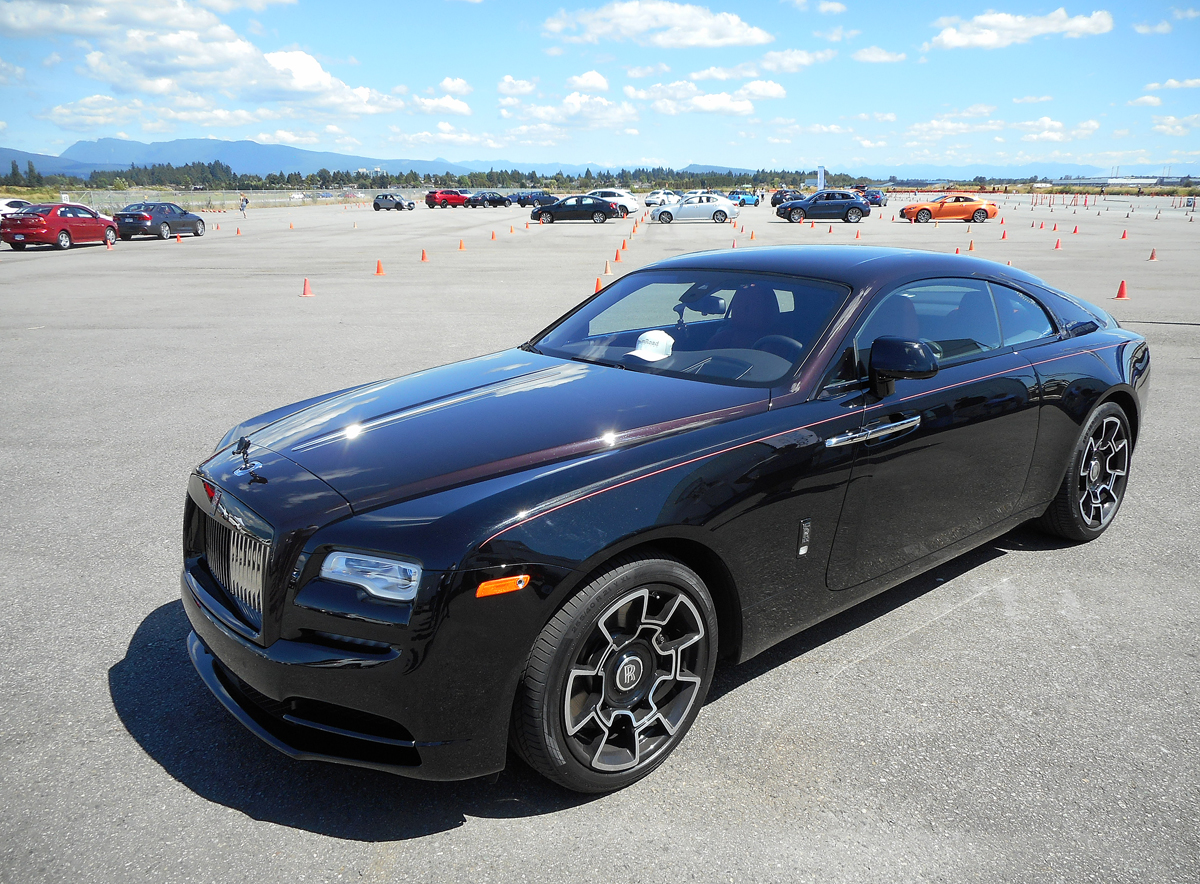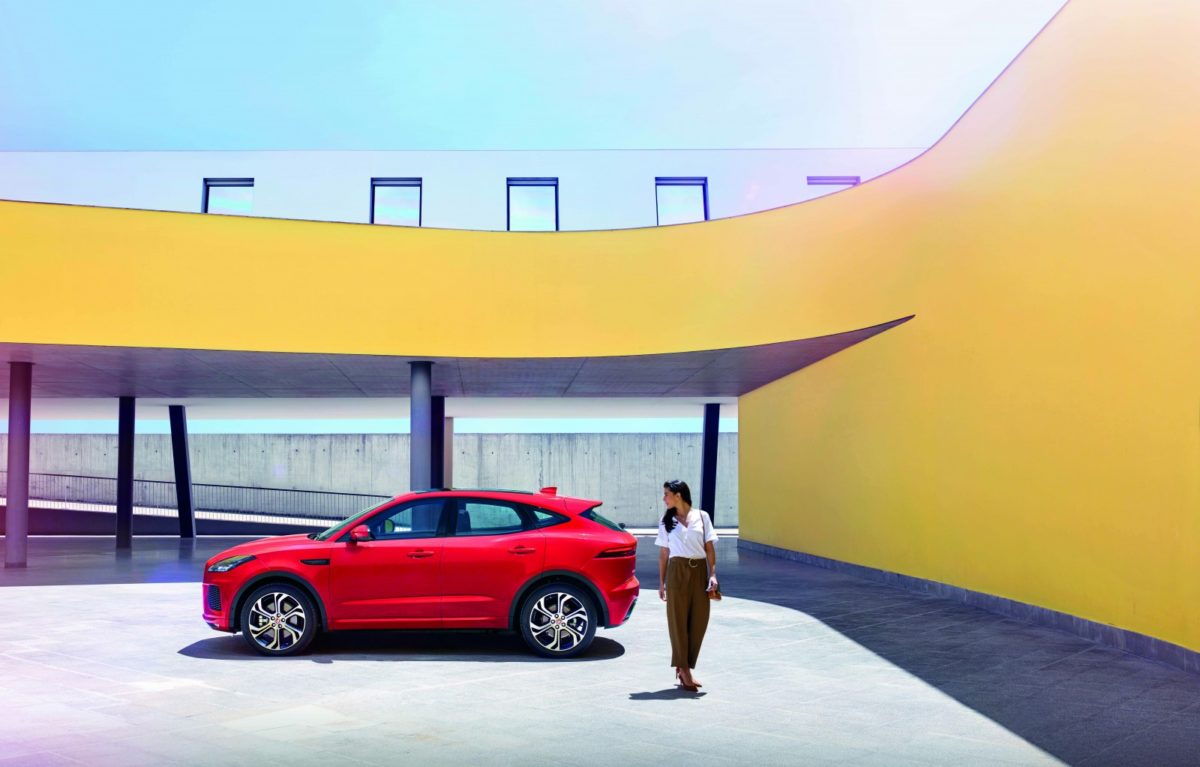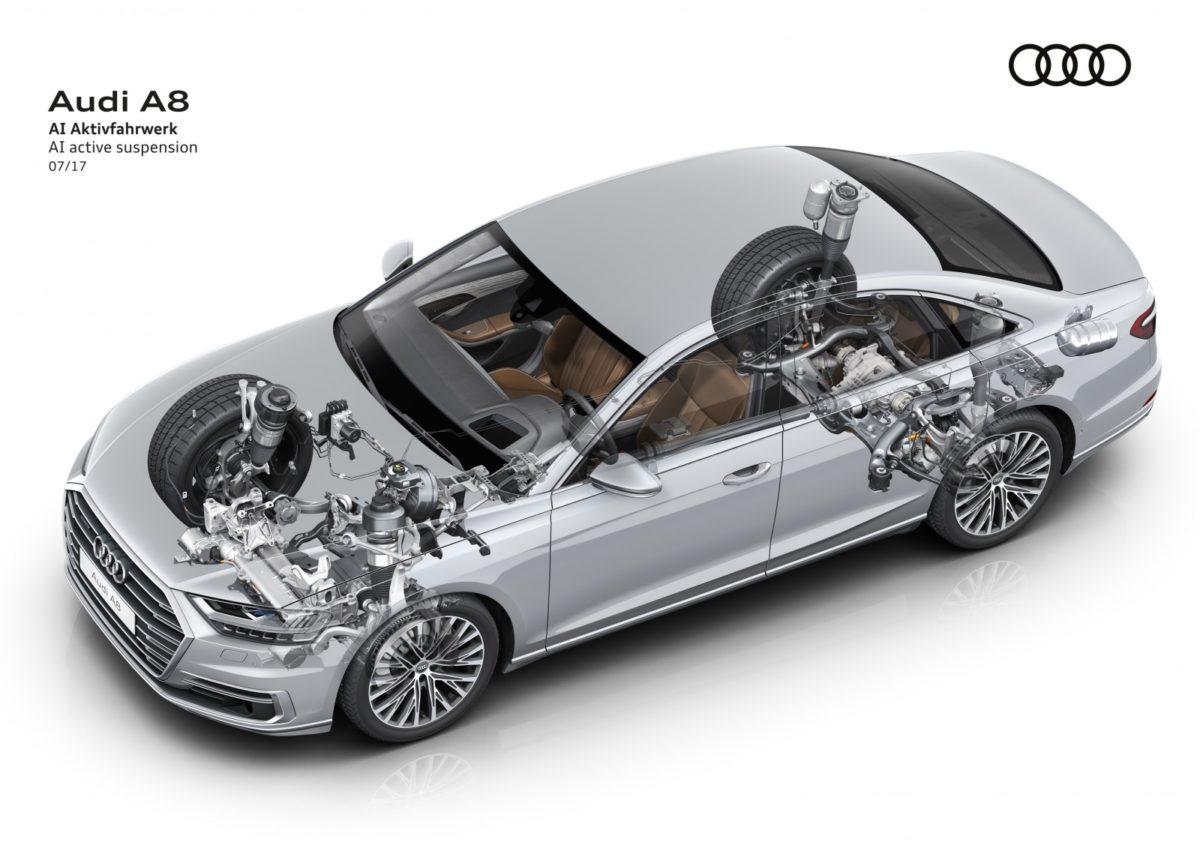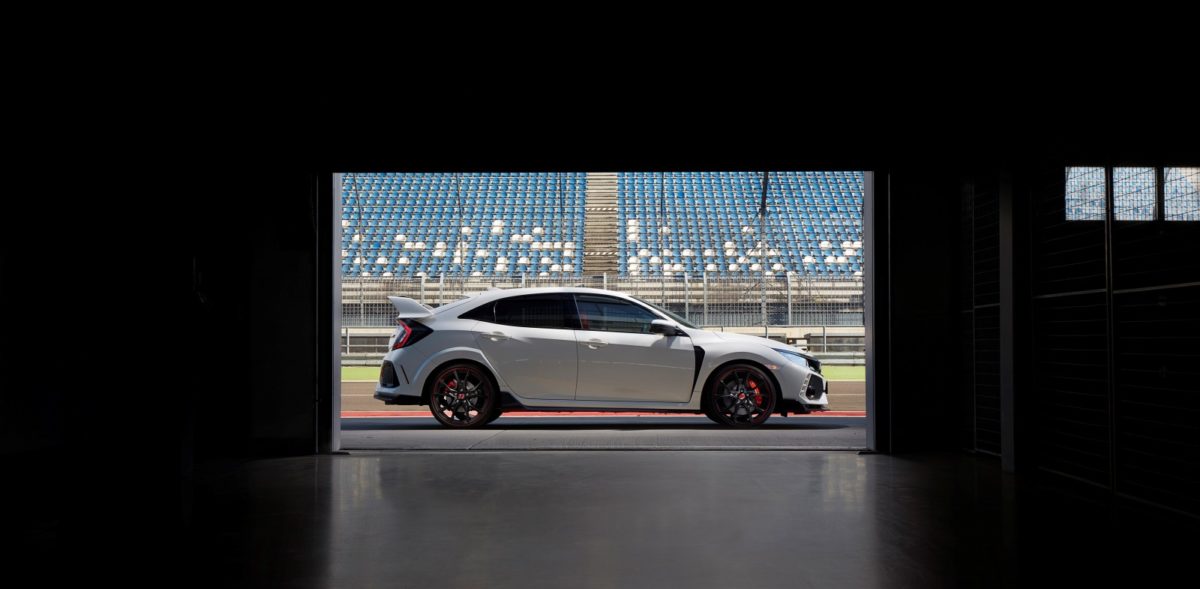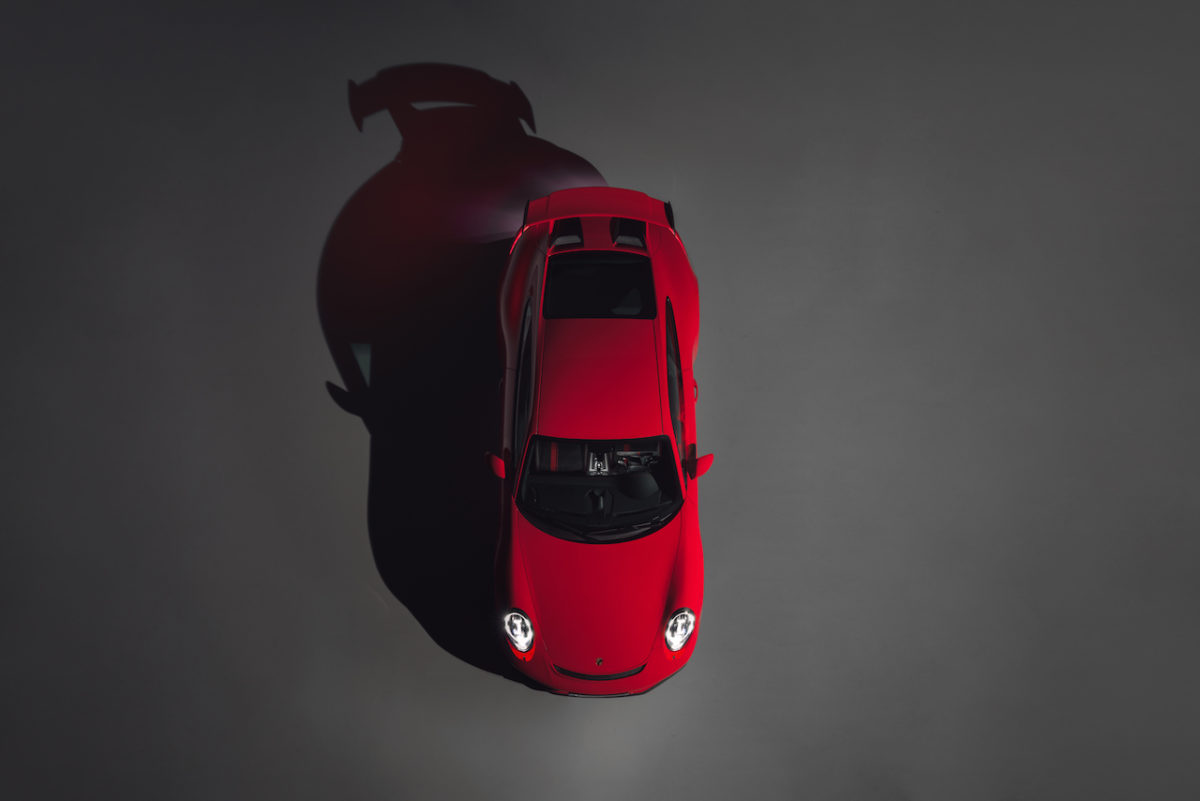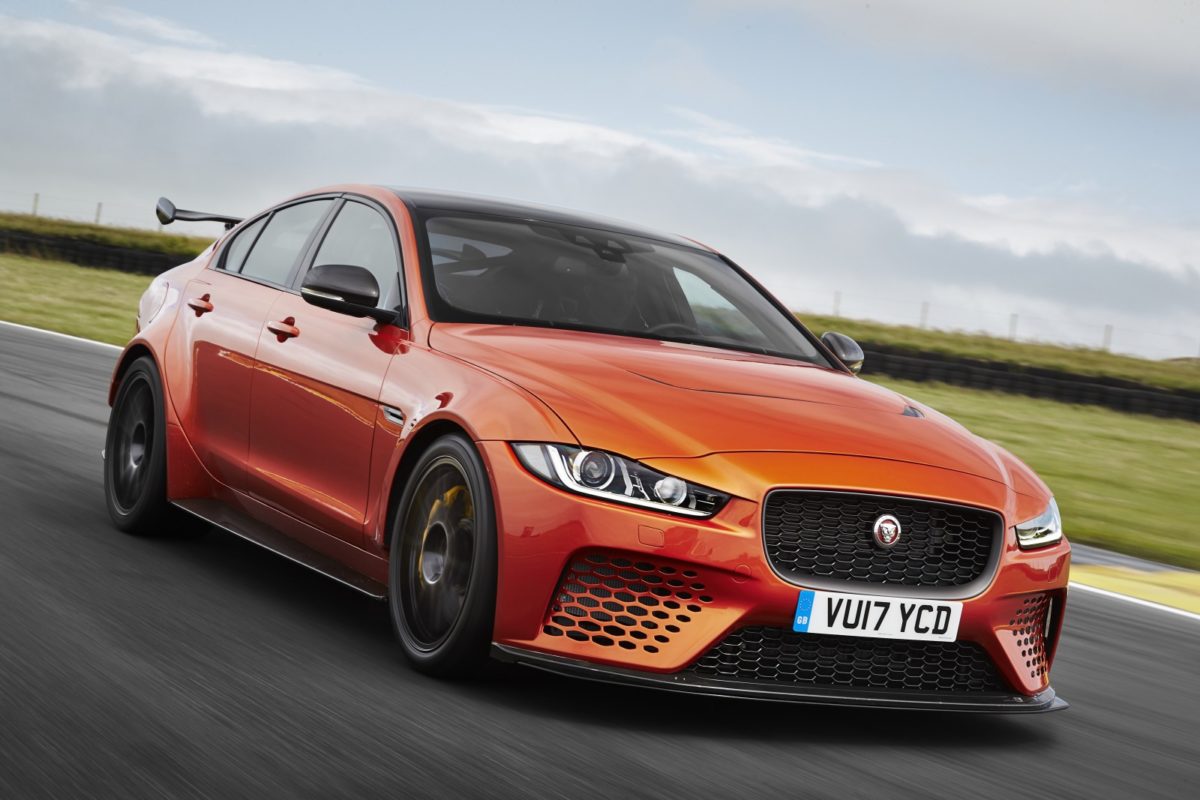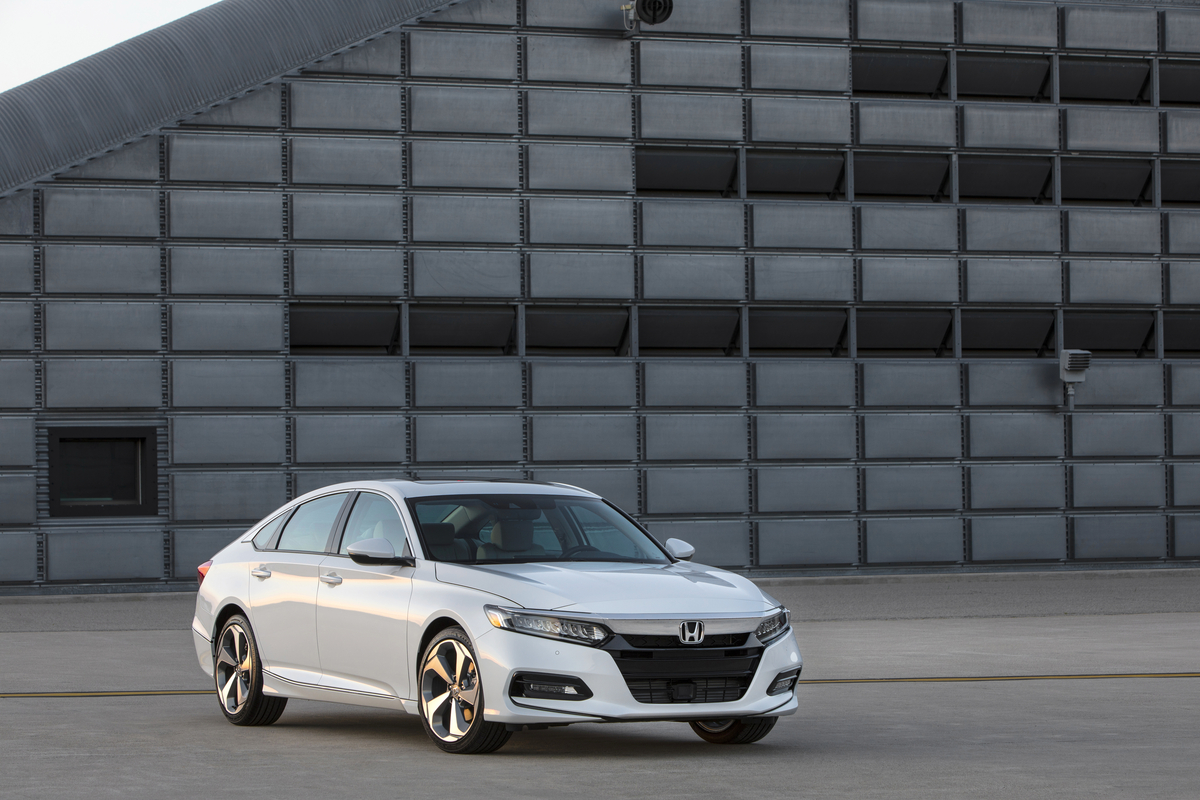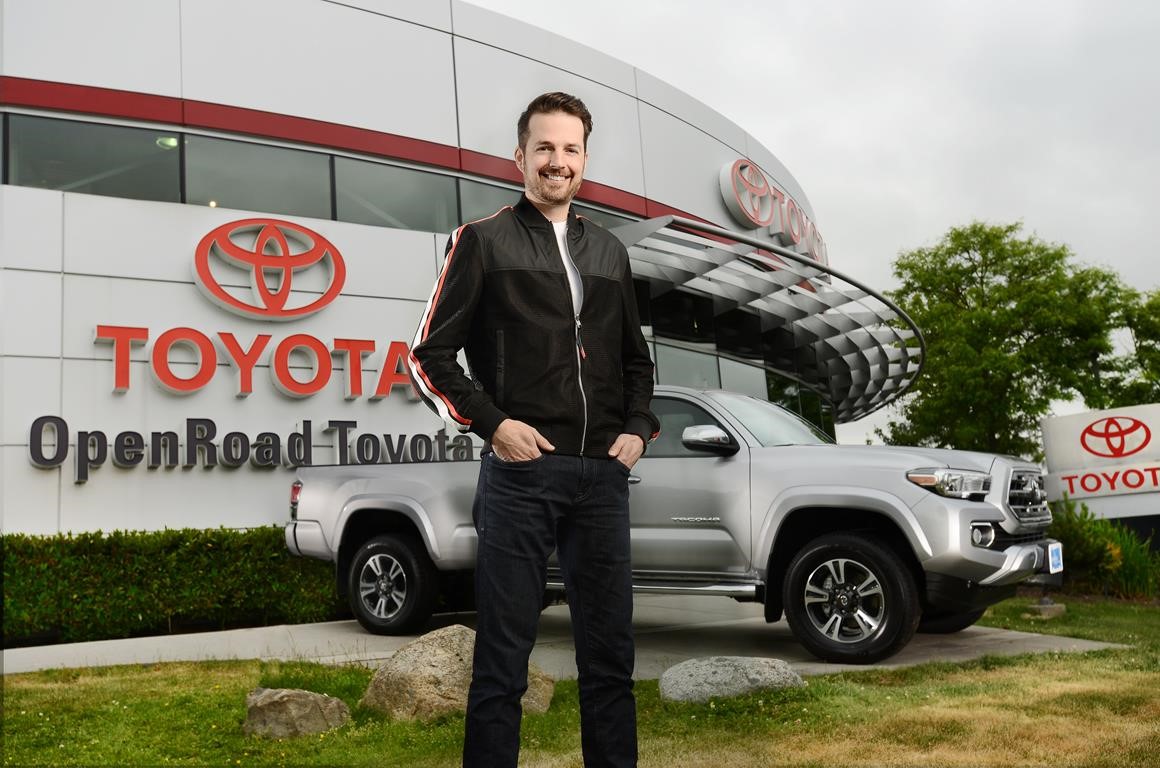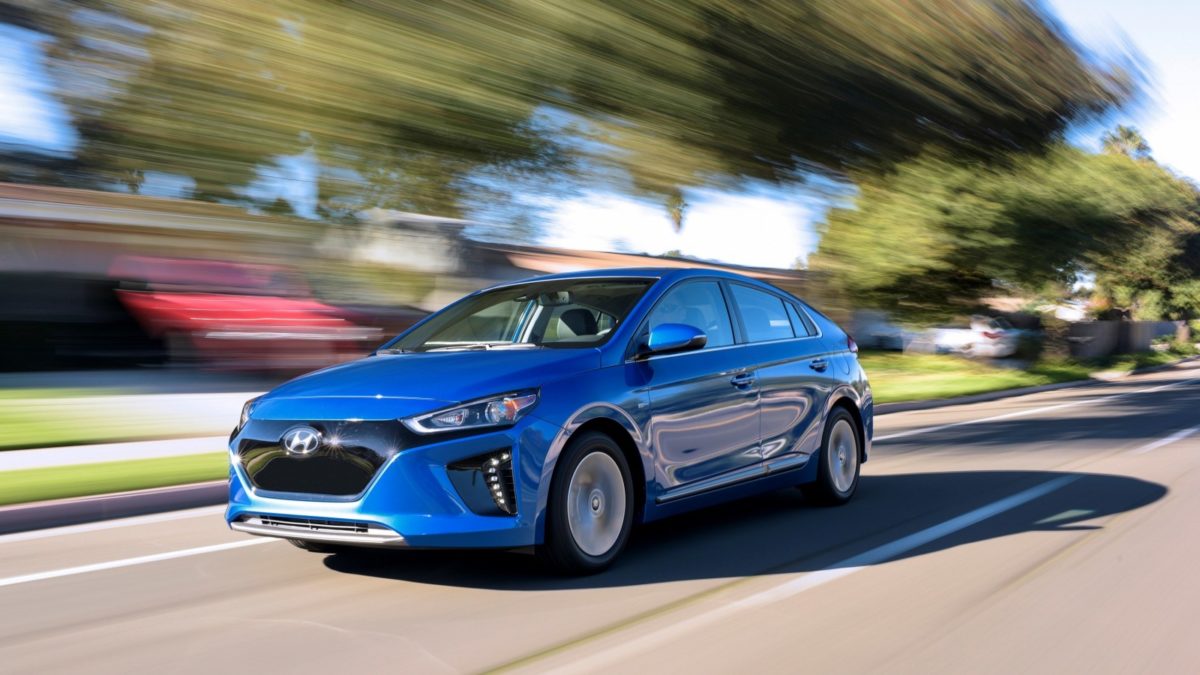Club OpenRoad Summer Driving Clinic unlocks driver potential
Have you ever wanted to see what your car can really do, besides sitting in traffic and getting from A to B? Then it’s time to join Club OpenRoad.
The perks of membership are many, for example an invitation to the annual summer driving clinic that was just held last weekend at the BC Driving Centre in sunny Pitt Meadows. Approximately 300 members attended the event over two days designed to teach people how to become better motorists, and also provide an opportunity to take one of several new vehicles across a variety of segments and brands around a purpose-built course.

Before stepping onto the track, guests sit down with experts, like professional racer and instructor Patrick Ah-Yu, to learn proper habits like correct seating and hand position and how to apply the brakes.
“I always say it’s a little bit strange to get race car drivers to teach you about safe driving. Funny enough a lot of what we do on the race track to keep our selves safe will definitely help you folks keep yourselves safe,” said Ah-Yu, who is part of Driving Unlimited, an organization that provides advanced driver training to those in emergency services and government agencies, among others.
“These exercises are very similar to what we put the police through — so we’re going to do some emergency manoeuvres, we’re going to be jumping on the brakes, we’re going to be doing quite a bit of steering input. But what it’s really going to do is teach you not only about driving but also about your own vehicle. And that’s what I find out at these types of programs that a lot of people are given a new appreciation of their vehicle when they get a chance to drive in this type of environment.”

About twenty-five minutes later, participants were allowed back into their cars to experience a series of fun exercises putting theory to practice. These involved a small slalom, hard braking in a corner as well as straight-line ABS braking, all supervised by Driving Unlimited Staff who offered pointers on ways to improve after each drill.
Many members were anticipating the second half of the day, having the opportunity to get behind the wheel of one of 16 models straight from various OpenRoad dealerships. There were hot hatches, sports sedans, and even a couple of crossovers, all let loose on a sizable cone course full of tight turns taking approximately 40 seconds to get through. After each run, people swapped vehicles to get a taste of everything available.

“This program was put together because you’re Club OpenRoad members, which means you’ve either had a service at or more likely purchased from one of the dealerships. You guys know your dealerships, but they want to let you know there are a lot of different options out there for you,” said Ah-Yu.
Did you know it’s free to join Club OpenRoad? Visit the website for more information.



